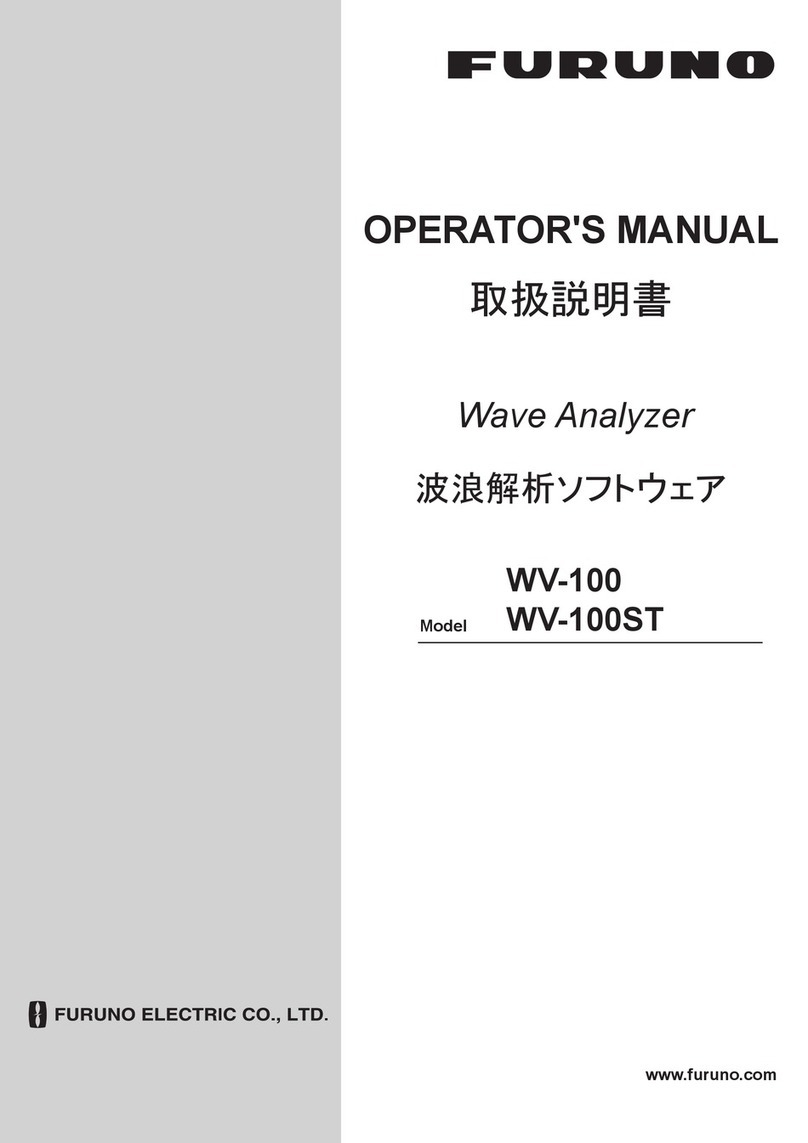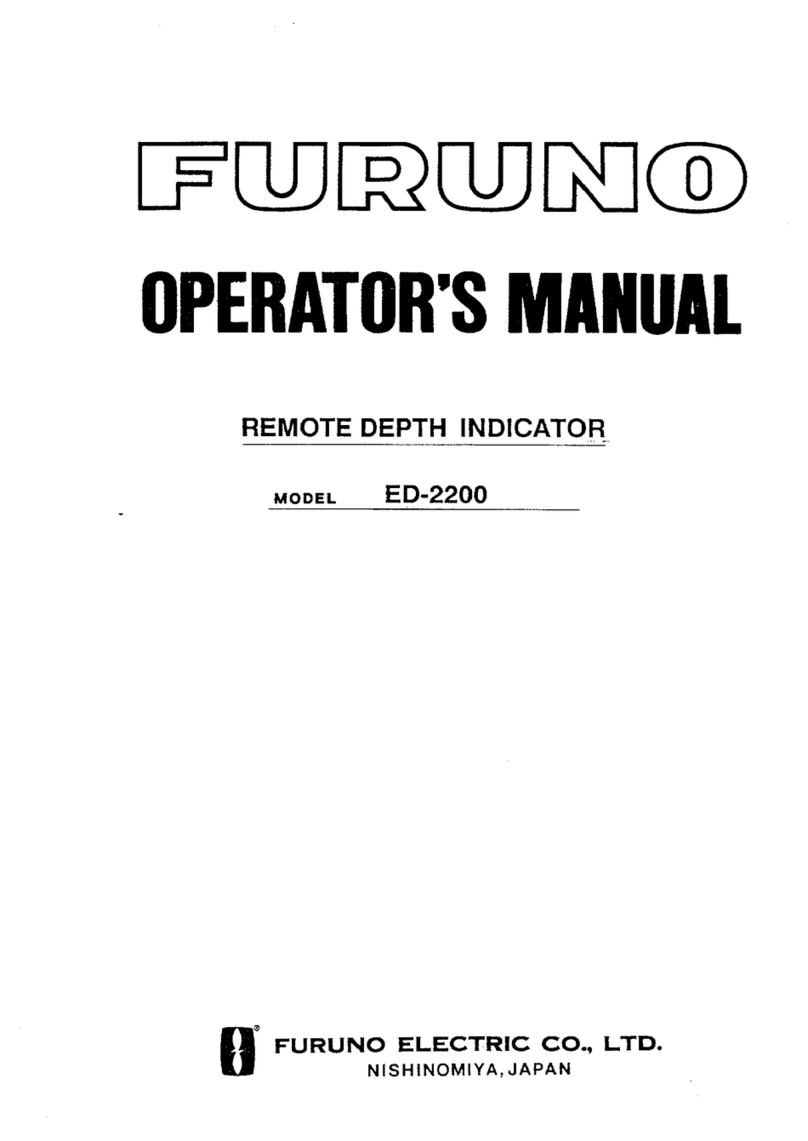iii
TABLE OF CONTENTS
FOREWORD...............................................................................................iv
SYSTEM CONFIGURATION .....................................................................vi
1. FI-501 WIND ANGLE, FI-502 CLOSE HAULED WIND ANGLE.............1
1.1 Operating Controls...............................................................................................1
1.2 Turning the Power On/Off ....................................................................................2
1.3 Adjusting Brilliance and Contrast .........................................................................2
1.4 Display Layout......................................................................................................3
1.5 Selecting a Display...............................................................................................4
1.6 Selecting Apparent or True Wind Angle, Wind Speed .........................................5
1.7 Displaying Velocity Made Good (VMG) Information.............................................6
1.8 Displaying Tack Angle..........................................................................................6
1.9 Alarms..................................................................................................................7
2. FI-505 COURSE PILOT...........................................................................9
2.1 Operating Controls...............................................................................................9
2.2 Turning the Power On/Off ..................................................................................10
2.3 Adjusting Brilliance and Contrast .......................................................................10
2.4 Selecting a Display.............................................................................................11
2.5 Unlocked and Locked Heading Modes...............................................................12
2.6 Resetting Average Heading Indication...............................................................12
3. FI-506 RUDDER.....................................................................................13
3.1 Operating Controls.............................................................................................13
3.2 Turning the Power On/Off ..................................................................................14
3.3 Adjusting Display Brilliance................................................................................14
3.4 Calibrating Rudder Angle...................................................................................14
4. MAINTENANCE,TROUBLESHOOTING...............................................15
4.1 Preventive Maintenance.....................................................................................15
4.2 Troubleshooting..................................................................................................16
5. INSTALLATION.....................................................................................17
5.1 Equipment Lists..................................................................................................17
5.2 Mounting.............................................................................................................19
5.3 Wiring.................................................................................................................23
5.4 Setting Up...........................................................................................................29
SPECIFICATIONS.................................................................................SP-1
PACKING LIST........................................................................................A-1
OUTLINE DRAWINGS.............................................................................D-1
INTERCONNECTION DIAGRAM............................................................ S-1
































